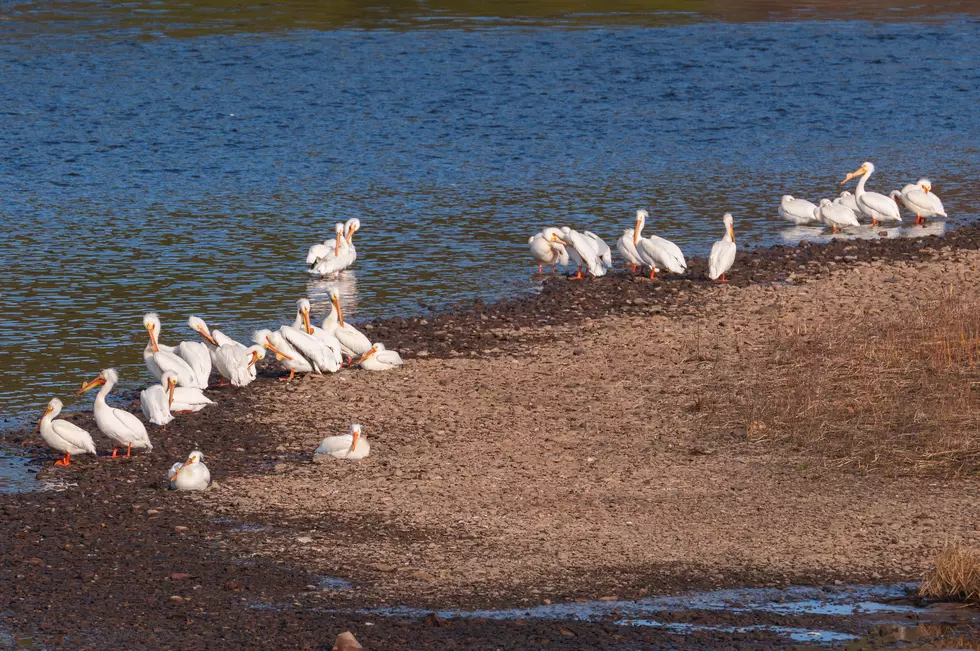
After That March Storm, Where Does This Season Rank Among Least Snowy Winters?
Up until the end of March, a lot of Minnesota was on track for having the least snowy winter on record.
Duluth, for example, was about 8 inches under the least snowy winter ever recorded before that late-March storm that brought some significant snow to parts of the Northland.
I'm sure many are hoping now that we're into April that we're done with snow for the season. If you've lived here for a while though, you know snow can (and sometimes does) fall into April and even May.
While we've still seen less than an average winter, and a lot less than last year's record-setting winter, we are no longer going to be able to say the snowy season of 2023-2024 is the least snowy ever.
With a healthy dose of snow from that storm, where does that place this winter in terms of the ranks of least snowy winters ever recorded in Duluth? Here's a look.
How much snow have we seen so far this season?
The Duluth National Weather Service is reporting an official season snowfall total of 38.7 inches of snow in Duluth. That's a far cry from last year's record-setting 140.1 inches.
So, with just over 3 feet of snow so far this season, how does that compare to an "average" Duluth winter and to the least snowy winters on record?
Comparing this winter's snow to a "normal" Duluth winter
Duluth's average winter snowfall is 86.1 inches, which works out to 7 feet 2.1 inches.
This winter, we've gotten (so far) 38.7 inches, which works out to 3 feet 2.7 inches.
That means we are 47.4 inches (or 3 feet 11.4 inches) short of what a normal Duluth winter brings in terms of snowfall.
How does the winter of 2023-2024 compare to the least snowy winters ever?
When looking at the list of the least snowy winters ever in Duluth, there are some pretty small numbers in the history books. Up until the end of March, we were on pace to beat the previous least snowy winter mark by several inches.

The least snow ever recorded in an entire season for Duluth is only 26.8 inches. Up until that snowstorm at the end of March, we had only received about 19 inches.
Now that we've gotten that additional snow, here's how things rank in terms of least snowy winters in Duluth:
- 26.8 inches - Winter of 1899-1900
- 28 inches - Winter of 1924-1925
- 30.3 inches - Winter of 1894-1895
- 30.7 inches - Winter of 1884-1885
- 32 inches - Winter of 1930-1931
- 32.8 inches - Winter of 1901-1902
- 34.7 inches - Winter of 1897-1898
- 35.4 inches - Winter of 1904-1905
- 36.5 inches - Winter of 1980-1981
- 38.2 inches - Winter of 1939-1940
- 38.7 inches - Winter of 2023-2024
- 38.9 inches - Winter of 1898-1988
Yup, one snowstorm brought us from below the least snowy winter ever to the 11th least snowy winter ever. That's a heck of a jump! I mean, we did get a lot of snow from that storm though I guess.
The 15 Least Snowy Winters On Record In Duluth History
Gallery Credit: Nick Cooper - TSM Duluth
The 15 Snowiest Winters On Record In Duluth History
Gallery Credit: Nick Cooper - TSM Duluth
More From MIX 108









